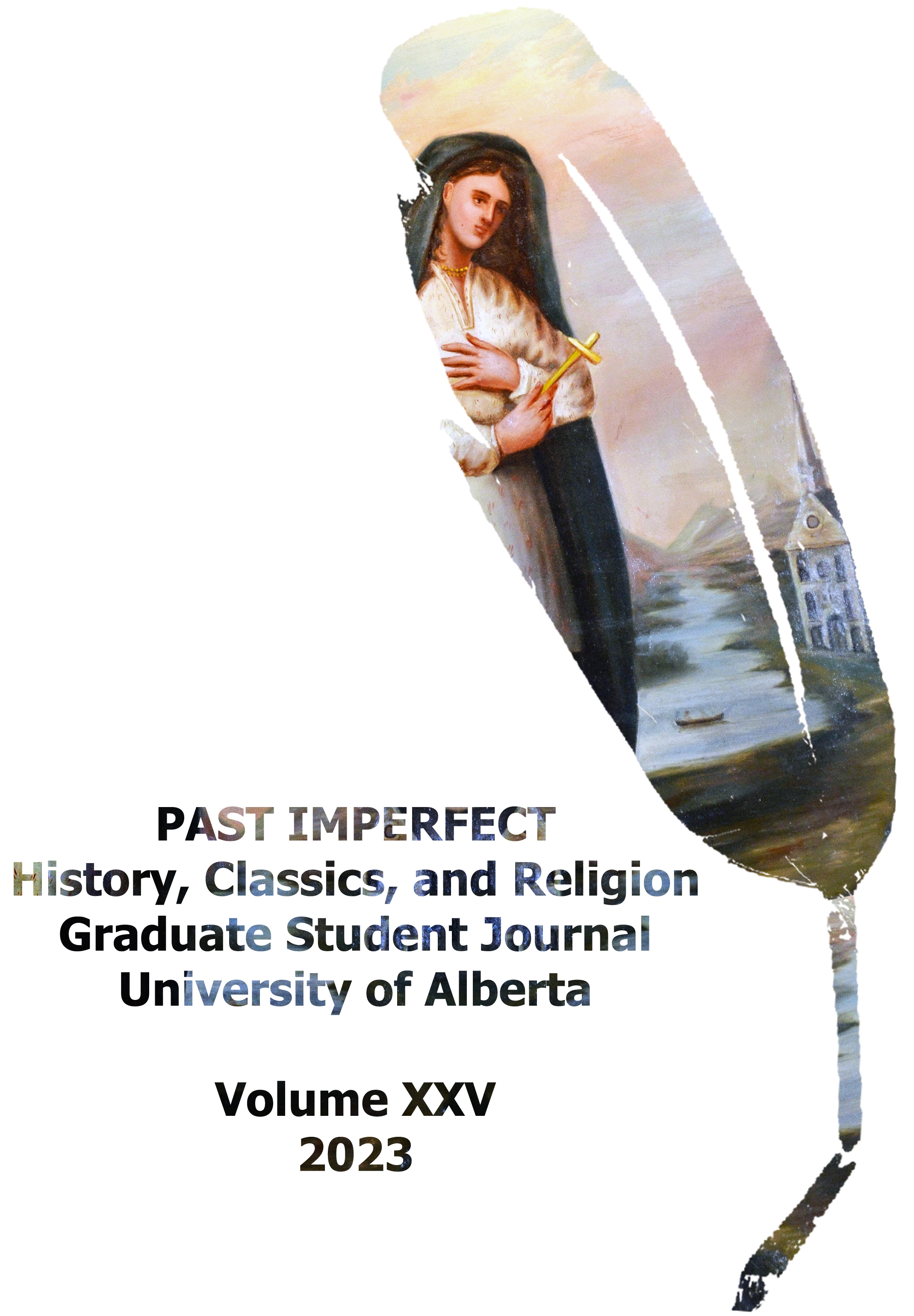“Where do these warrish hands and heart of Venus come from?” Statius’ subversion of Ovidian militia amoris in the Thebaid
DOI:
https://doi.org/10.21971/pi29402Keywords:
allusion, Amores, elegy, Ovid, Statius, Thebaid, VenusAbstract
Statius’ Thebaid has long been recognized as a highly allusive epic, but one system of its allusions— that which engages with Latin love elegy—has received less study than others. To address this oversight, I argue in this article that Statius makes marked references to techniques and tropes of Ovidian elegy in his use of love language throughout the Thebaid. After cataloguing a range of the epic’s Ovidian elegiac intertexts, I argue that Statius sustains an allusion to Amores book one in Thebaid book five. In Thebaid book five, Hypsipyle provides an inset narrative of Venus’ intervention in Lemnos: under the influence of the spurned love goddess, the Lemnian women slaughter the entire male population. In my reading, Hypsipyle’s narrative represents a characteristically Statian subversion of his literary models. In book one of the Amores, Ovid develops the ‘warfare of love’ (militia amoris) trope as a tongue-in-cheek revision of both previous epicists’ and elegists’ more morose and austere poetics. Statius, conversely, recasts the light and humorous elements of Ovid’s militia amoris into his own aesthetic mould, whereby love becomes as horrifying and destructive a force as war in the cosmos of the Thebaid. That is, Statius mirrors Ovid’s own techniques of subversive allusion to mark his poetics also as both indebted to and an innovating of elegiac precursors. But in Statius’ case, the world of elegaic amor becomes graver rather than lighter, more severe than humorous. In sum, Statius’ subversive allusions to Ovidian elegy in his Thebaid, particularly in book five, transform Ovid’s levis love (Am. 3.1.41) into its most monstrous counterpart.
Downloads
Downloads
Published
How to Cite
License
Copyright (c) 2023 Matt Ludwig

This work is licensed under a Creative Commons Attribution-ShareAlike 4.0 International License.



